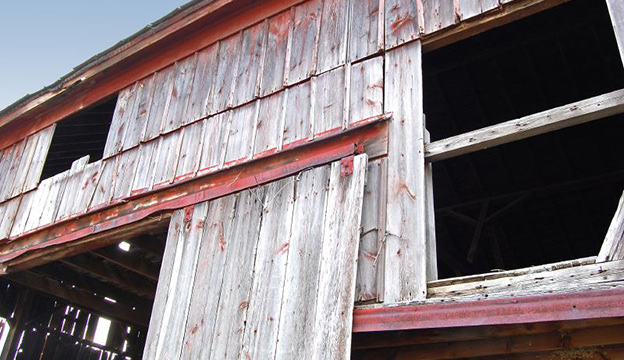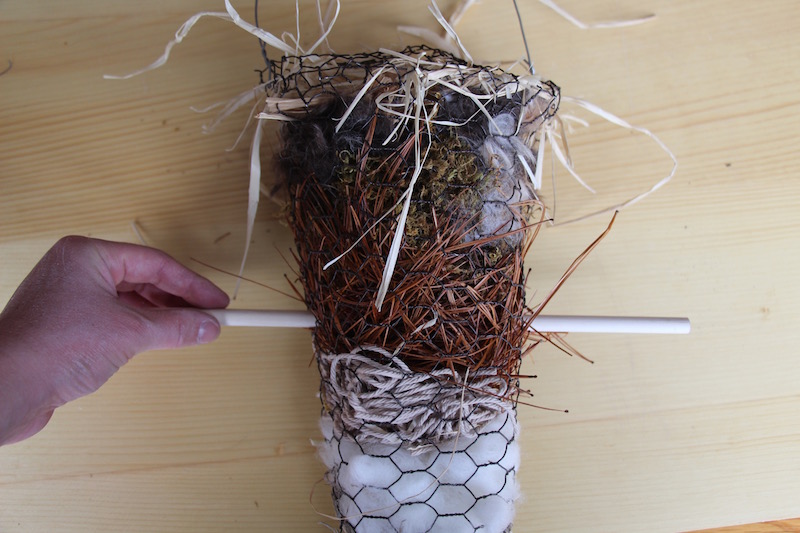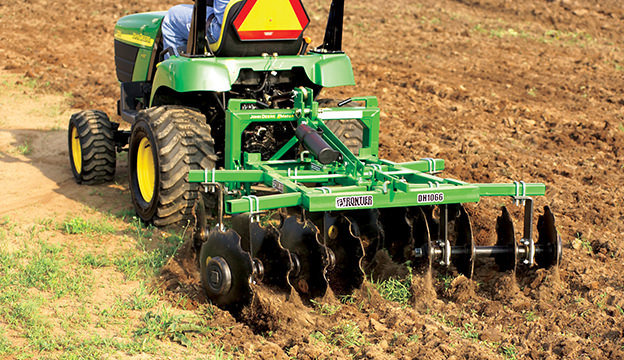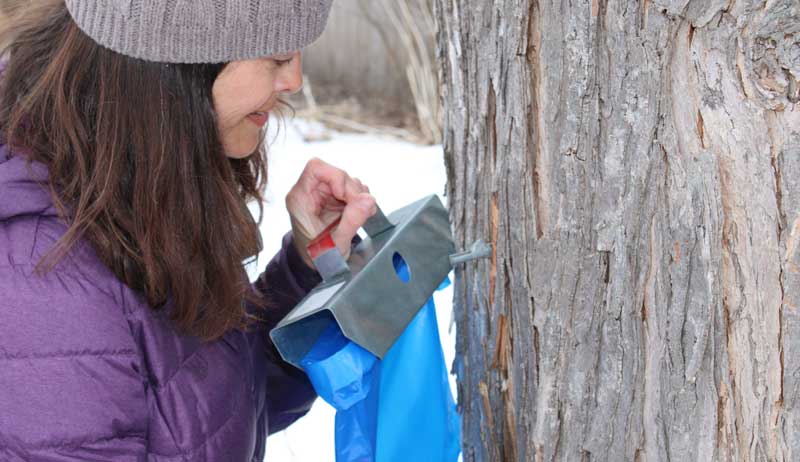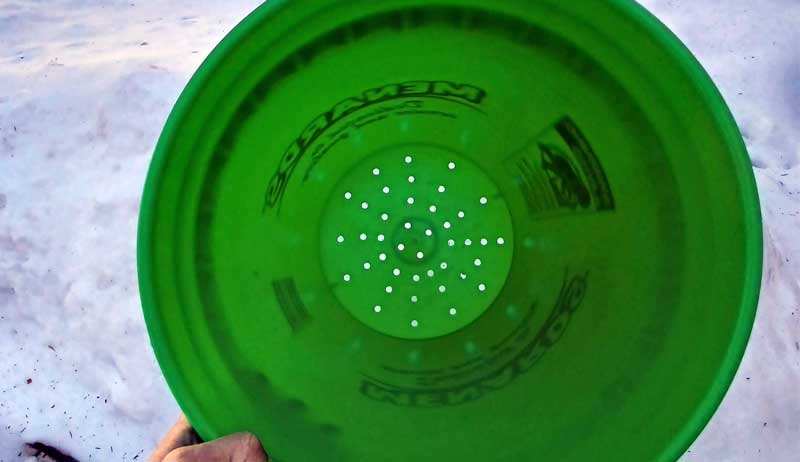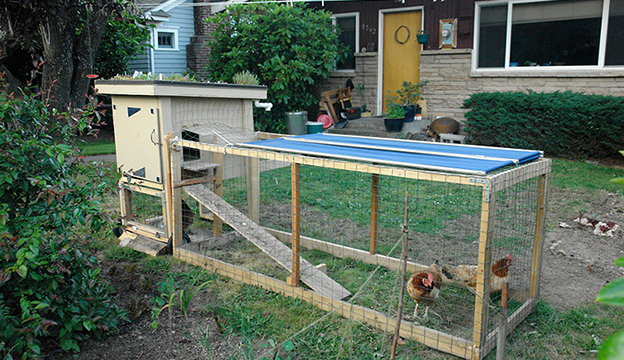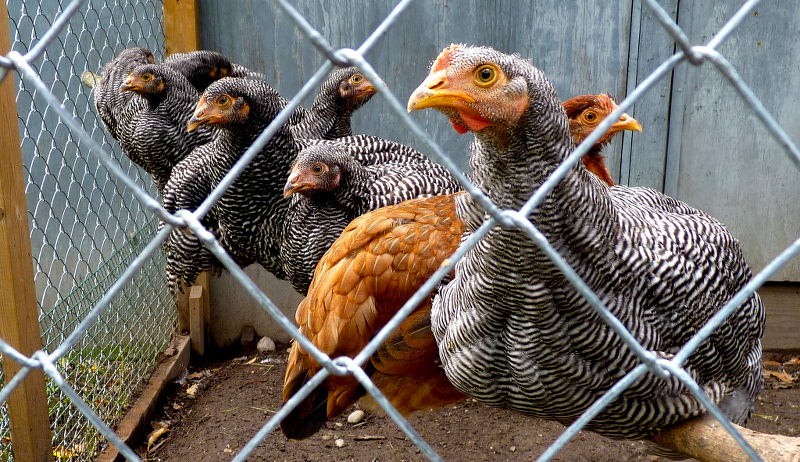A leaky barn door seal can be a big problem. Barns keep hay and livestock dry but are little more than windbreaks in the winter unless you take precautions to seal them correctly. Sealing up those big sliding doors can go a long way toward making a barn more comfortable for you and your livestock. A good barn door seal, along with lights and a heat source, make it possible to work on equipment all winter long—and maybe even have office space on the coldest of days.
Why Barn Door Seals Are Important
Sliding barn doors, by their very nature, are difficult to seal tightly. Originally, they were meant to keep most of the wind and rain out of barns that are otherwise so drafty that a little wind through or around the door was no problem. In fact, the movement of air through the barn provided ventilation for the animals and helped finish drying the hay. However, there are many reasons to seal up the barn, including the doors, the No. 1 advantage being to make it harder for rodents and birds to get in. If part of the barn is heated, a tight barn will also help keep down the fuel cost.
Step-by-Step Project for Barn Door Seals
Sealing up the barn door requires two kinds of seals: compression seals on the ends and sliding seals along the top and bottom. Compression seals are the easiest to install and can be rubber or foam strips. The rubber strips, used for garage doors, are more durable but more expensive. Foam strips will need to be replaced every few years. The important thing is for the door to have a good, straight surface that mates tightly with the surface on the barn. Seals along the top and bottom must allow the door to slide easily.
1. Install a Top Rain Guard
If the barn door seal is not protected by the roof overhang, install aluminum flashing or inverted gutter to keep off moisture that can freeze on the track. Few things are more aggravating than trying to open an iced-over barn door. When installing the top shield, use good quality silicone calk to seal the area between the flashing and the barn so moisture doesn’t get in and rot the wood.
2. Install the Seal on the Barn Door’s Edge

Close the barn door and notice how tightness and uniformity of the gap. If it’s more than 1/4 inch or greater at the top or bottom, cut and attach a wood shim to close up the gap. Use a rot-resistant wood—either treated lumber or cedar—so that you won’t have to replace it later, and then install a rubber gasket. Garage-door gaskets are available at lumberyards and hardware stores, but some people use automotive heater hose for the gasket. Either way, you should be able to compress the gasket down its entire length when the barn door is closed.
3. Install the Top and Bottom Brushes

Barn door seals along the top and bottom are a little more complicated because they have to allow the door to slide easily. A simple brush-type seal attached to the top and bottom of the barn door may be all the seal you need for many applications. If you need a better seal, install a backing strip with a compression seal along the floor. An option for the bottom is an inverted “U” channel that engages the bottom of the door, keeps the door from blowing in or out when partially open, and acts as an air trap. Combined with the brush, it provides a good airtight seal.
Brush seals come in various sizes, so you’ll need to determine the appropriate length of bristles. With the door closed, measure the gap between the floor and the bottom of the door. Purchase twice the length of brush as the width of the door so that you can attach the brushes top and bottom. Screw the metal flange of the brush to the bottom of the door so that the brush deflects about 1/8 inch at the point of the greatest gap. Then do the same for the top of the door. The door should still slide open and closed easily with the brushes installed.
If you’re not worried about aesthetics and are on a tight budget, use strips of old carpeting instead of the brushes. Cut the strip about 2 inches wider than the widest gap between the door and the floor. Use a wood backing strip to attach the carpet to the door, and let the carpet bend where it meets the floor to form the seal.
4. Install Latches

You will need a good set of latches to pull the barn door tight against the seals. A toggle latch on both sides of the door will do the trick. If you have easy walk-in access, install the latches inside the barn. This will keep them from icing up and make the barn less accessible to anyone who might stop by and “borrow” a piece of equipment.
Close the door and place the latch so that it tightens just as the barn door seals come together. When you close the latch all the way, it should compress the seals to make an airtight connection. If the latch is adjustable, make sure it is set to the widest opening when you install it, then tighten it to seal the door when latched.
Other Ideas for Barn Door Seals

- Sandbag Draft Guards: Most of the air coming in through a sliding door is usually from the bottom. If you don’t use the door often, consider piling sandbags against the bottom of the door to keep out the wind.
- Door Insulation: If the door itself is drafty, such as the case with a board-and-batten door, staple a tarp or roofing felt to it on the inside. If the rest of the barn is insulated, you may even want to attach a layer of foam to the inside door and put a plywood cover over that. Closed-cell foam (e.g. “blueboard”) is best for this purpose.
- Window Seals: The quick and easy fix for a drafty window is clear plastic held in place with cardboard strips stapled to the window frame. These are available at lumberyards and hardware stores. Of course, you’ll need to take them down in the spring when you want the windows open for ventilation.
- Walk-Through Door: If you’re frequently moving smaller items, install a walk-through door and save the sliding door for when you need to move large equipment, supplies or crops. The smaller door should be well-sealed and easy to lock, but in the long-run will help prevent the inflow of cold air.
Problem Solving Drafts
If you still notice wind coming through your sliding barn door seals, relax—you just have a little more work to do. If there is even a slight gap between the edge of the door and the side of the barn, tighten the latch. You may even need to install a second latch above or below the first one to get a good seal along the length of the door. If you feel air coming through a corner, use some leftover brush material or carpeting. Fill small gaps on non-sliding surfaces with silicone caulk and larger areas with foam insulation, such as “Great Stuff.
This article about barn door seals was written for Hobby Farms magazine. Click here to subscribe.



